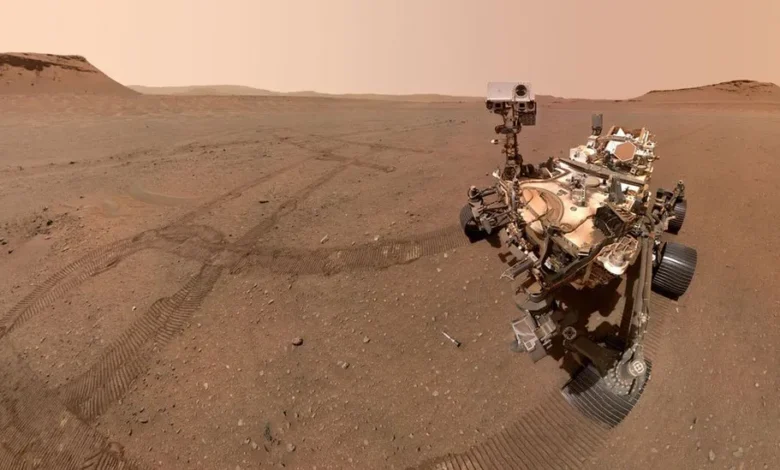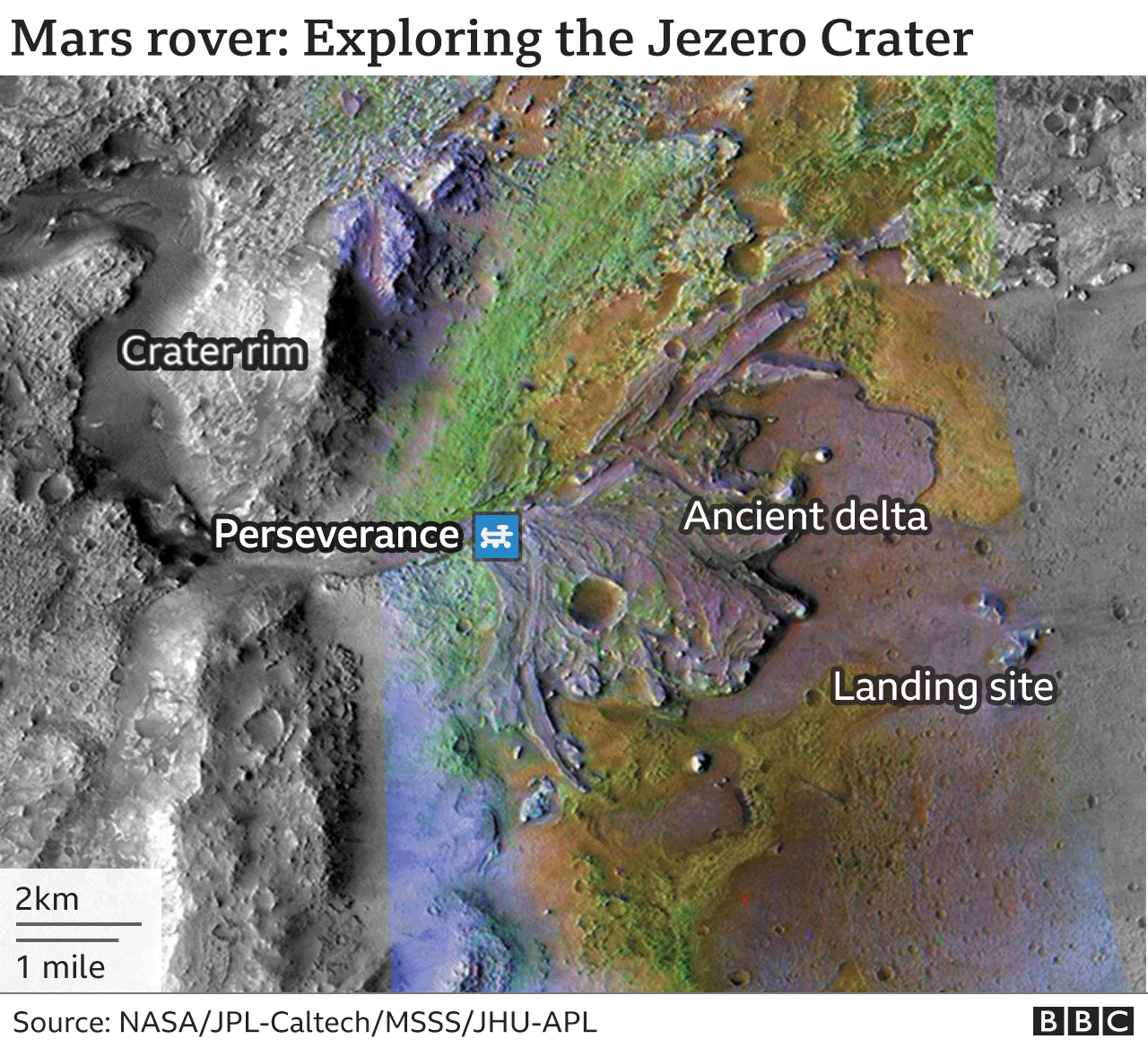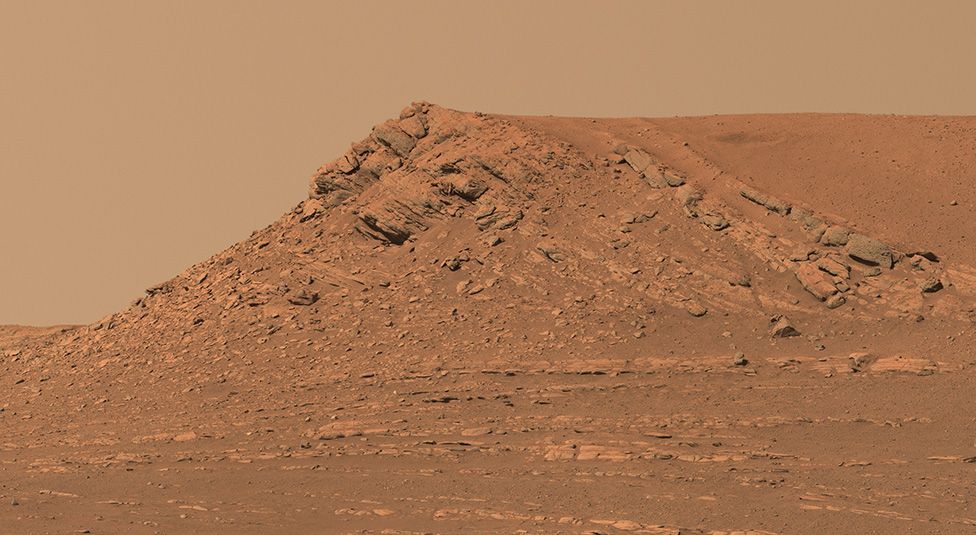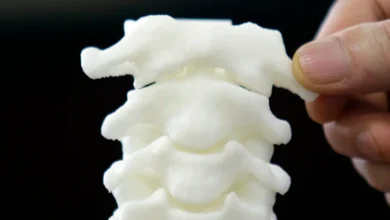Perseverance: Nasa’s Mars rover celebrates 1,000 days of science

Nasa says its Perseverance rover has essentially completed the job it was asked to do when it landed on Mars in February 2021.
The robot’s basic requirement was to survey an ancient crater lake and to collect rocks that would aid the quest to identify evidence for past life.
This primary objective had been accomplished, the mission team told a major conference in San Francisco.
The announcement was made on the 1,000th Martian day of the mission.
“It’s a pretty incredible achievement and we’ve done an amazing amount of science,” said Nasa’s director of planetary science, Dr Lori Glaze.
This does not mean Perseverance is about to park up and “switch off the engine”.
Plenty of challenges lie ahead, not least the issue of how to get the vehicle’s rock samples back to Earth so they can be studied in the lab.

Nasa will partner with the European Space Agency on this project, but the technical solutions, time frame and cost are currently being examined by a review board that will not report until early next year.
It would necessarily involve sending a rocket to Mars and then loading it with the finger-sized samples, so they can be blasted into space for the journey home.
“It will be one of the most audacious robotic missions ever conducted,” conceded Arizona State University’s Dr Mini Wadhwa, the principal scientist on Nasa’s Mars Sample Return programme. But it was a fundamental endeavour, she added.
The reason why can be seen in the quality of the samples collected.
Perseverance has drilled and stored in its belly 13 rock cores, all with a distinct chemistry.
They tell the story of what happened in Mars’s Jezero Crater some 3.7-3.5 billion years ago.
This was a time when a river channel flowed into the 45km (28 miles)-wide bowl, to build layered deposits of silt and sand known as a delta.
It is the kind of geological feature that might just have trapped traces of past microbial life.

Of late, the rover has been investigating a high-priority set of sediments right at the edge of Jezero that appear to contain carbonate minerals. Perseverance has also detected iron phosphate.
This was especially exciting, said Dr Morgan Cable, because it meant one of Earth biology’s most essential elements, phosphorus, existed in the crater in a form that could be used by Martian organisms – assuming they ever existed.
The research scientist at Nasa’s Jet Propulsion Laboratory told reporters: “Phosphorus is present in the DNA backbones of all known life; it’s present in the cell membranes of every single organism that we know of; and it’s part of the key energy currency known as ATP, or adenosine triphosphate.
“We know that phosphorus is incredibly important, and now we have the strongest evidence ever collected that phosphorus was available in a form that life could access if it was there.”
Perseverance will shortly begin a drive that will take it up and on to the inner rim of the crater.
This will enable it to investigate rocks that are perhaps 500-600 million years older than those it has studied to date.
“There’s a completely different kind of potentially habitable environment in the subsurface, where groundwater interacts with rocks, and there’s reason to believe that we will explore rocks of that type as we climb up the rim, and then as we move out into the area just beyond the rim,” said Dr Ken Farley, the California Institute of Technology researcher who serves as the Perseverance project scientist.
The Perseverance mission team was discussing the rover’s achievements at the American Geophysical Union Fall Meeting.










